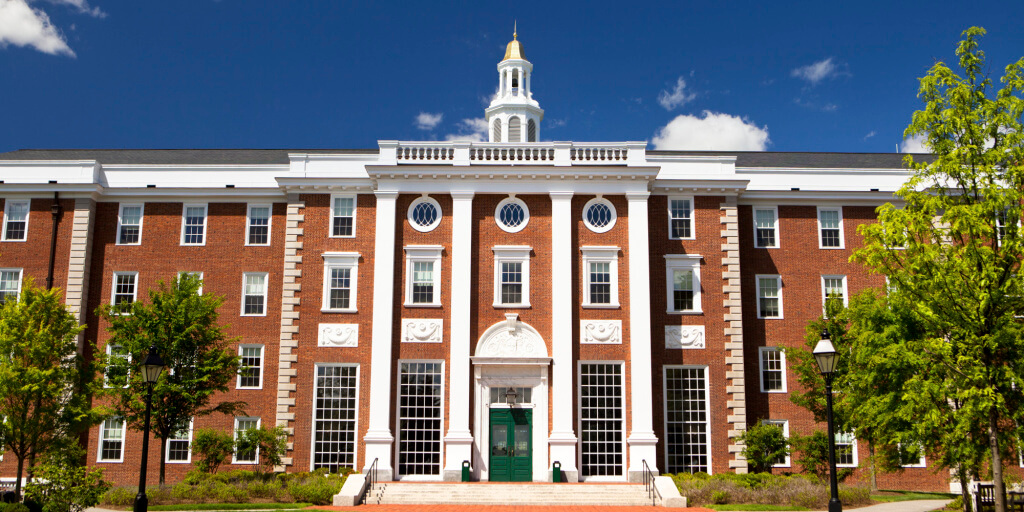If only the best things in life had a formula, we’d draw up one for the measurement of an MBA candidate’s profile against the right fit schools for them. While all MBA candidates wonder how much grades, work experience, social responsibility, extracurricular activities and the X-Factor figure in this equation, we all know one thing for sure – that the GMAT is the most variable factor that can be altered in the short run to give you competitive edge in your application since all else, is mostly a long term continuous effort from the past.
The critical question then is what score must one get to achieve this competitive edge and in fact, how do schools perceive a score and does a good score mean the same to each school? Anyone who runs up these numbers will then visualize a trend among various schools; a trend of the changing GMAT averages each year over a span of 5 years or so.

Harvard University
From this perspective the most accurate question to then ask will be, which Top Schools have stabilized or increased their GMAT average in the past 5 years and if in fact, they are the “right” schools for you.
We are all (roughly) aware that a Harvard Business School (HBS) Applicant with a GPA close to 4.0, a 760 GMAT and 3 years of work experience at Goldman Sachs can well get a rejection too, hence we understand the competition is severe and has only gotten more severe in the past 5 years, well at least amongst the Top 50 Schools.
In the past 5 years, amongst the Top 50 Schools, 16 have maintained their GMAT average, while 19 have raised it and only 5 show a decline in their GMAT Average score. That sounds competitive already but with schools like Vanderbilt & Urbana-Champaign increasing their GMAT average score by 34 & 27 points respectively, we understand that it isn’t just the Ivy Leagues but schools closer to the 50th ranked too that are placing themselves aggressively amongst others.
Schools that are aspirational to all, if not many such as Chicago and Harvard have had an increase of 9 & 8 points with their average now being 723 & 727 respectively.
When a schools’ GMAT average increases, it means the school is extending further aids to get the most quality candidates of the pool but if it is decreasing, it might imply that other schools are more strategically placing themselves amongst competition.
So, whether it be a conscious effort from the School to raise these scores or the increasing competition, it is clear that GMAT is in fact an extremely critical component in the MBA Application. If not anything else, but it sure is a definitive measure of how well you fit in to the competitive class median.
Additionally, we take a brief look at some schools between the 50th – 100th ranks we find that schools like Purdue (Krannert) followed by Wake Forest (Babcock) show the largest decline in their GMAT averages in the past 5 years by 36 and 26 points respectively. Even UC Irvine (Merage) has taken a hit of 21 points leading us to believe the decline in the quality of GMAT scores received by candidates in the schools hence a overall decline in the quality of the candidates itself.
These indicators not only help us realistically readjust our right fit target schools but also give us a much larger range of scores one can look at while targeting these schools. Analytically, we can conclude that it’s not just the school that is looking at the MBA candidate’s GMAT score as a critical factor for admission, but the candidate too can judge the quality of the school while understanding the GMAT average score trend of each school in the past years.
* – all research is taken from Schools’ publically accessed information & QS Rankings.

